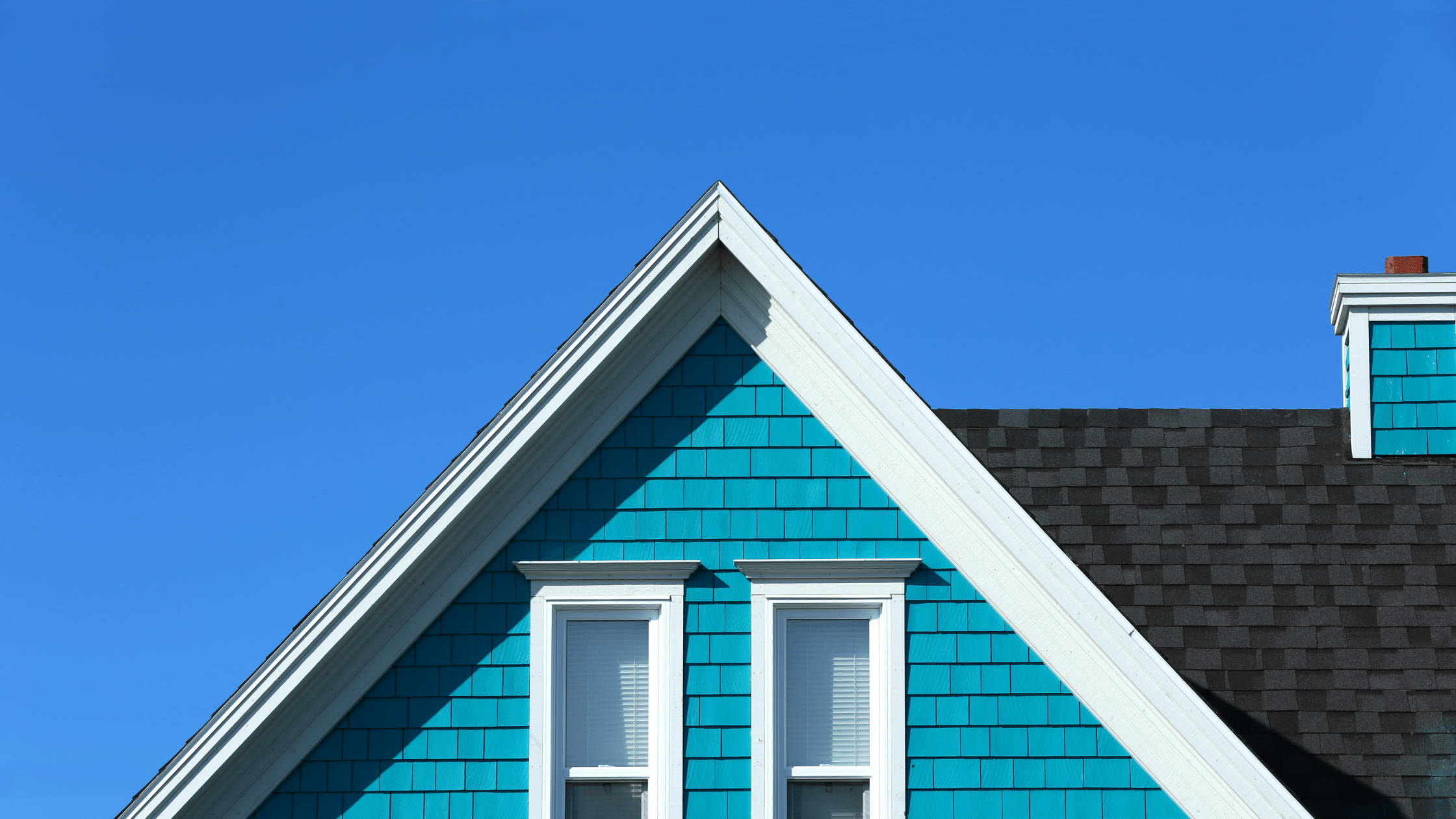What is Roofing?

Roofing is a well-known term for the covering of any sort of building. This is a term that has been in the mouth of many people for many years since its introduction.
In this article, we bring to you the complete explanation of the whole topic, as well as its related feats and proper information.
What is Roofing?
For the construction of any kind of building, properly made roofing is needed as the upper part of the aforesaid building shall be protected from the dangers of nature.
Therefore, if the roofing applied is not good enough, the building will be compromised by threats such as rain, corrosion, snow, as well as it needs to adapt over the climate of the location as heat and cold can be threatening to the people who are inside.
This method is used by almost every workman, as it is the best method to use if the building needs protection in its structure.
History
Roofing is a term introduced in the modern era, as its methods have been in constant and rising development. But this practice has been used for many years in the past.
The roofing was firstly used by the Greeks back in the time. They invented the tiles to keep their great temples and other buildings protected from the previously mentioned threats.
Roofing has been used by almost every civilization since then, as it was used by Romans, French, Spaniards, and also Nordic and British as they used a rock style roofing to secure their castles.
Roofing has evolved as time passed, the modern roofing methods offers you a variety of materials you can choose to do proper roofing to your house, greenhouse, building, and more.
Types of Roofing
There are many ways to properly do roofing; here is a list of what those methods are:
Flat Roofing
Flat Roofing consists of a plane covering the structure of the building. This method allows people to walk on the roof with safeness, and tries to concentrate the rainwater and then deviate it straight to the sumps.
This method was invented by the past civilizations, but the popularity of it has grown due to the development of better materials in the modern era. This style is mostly required for buildings, as they are likely to want more space at the top to have their respective penthouses.
The cornerstones of Flat Roofing were firstly made by earth and mud; these kinds of buildings were popular all across southern Europe, Central America, Asia, and North Africa, mostly in Arabic countries.
Nowadays, the rooftop is popular when doing buildings. The way it is done has changed too, the workman uses concrete to build this kind of cover, but not only this material is required. They also use thermal insulator to cover the structure and make it hot and cold-proof, securing the people who are inside.
Pitched Roofing
Pitched Roofing is the most common way to face the building of houses, barns, and greenhouses. Unlike Flat Roofing, this method relies on the deviation of the water to the floor, leaving no room for the stagnation of water in the roof.
This is mostly made with roof tiles, as this material has been used for many generations and it will likely continue to be this way for the years to come.
The materials for making these tiles are various, you can either use: mud tiles, concrete tiles, wood tiles, paperboard tiles, and plastic tiles. You can also find multiple types of tiles depending on the part of the world you are:
–Roman Tiles: These tiles are recognized by its flat channel piece, raised side corners, and its curve blanked. These are the most commonly used in South Europe and Latin America.
–Arabic Tiles: These are known for their unique cone-shaped piece, this will prevent the building to suffer the climate threats as it possesses channels, blankets, and ridges. These are very used in Middle East, North Africa, and Spain.
–Flat Tiles: This one is more complex and newer; it has grooves that stand its overlap. These are most commonly used in North America, Nordic countries, and the United Kingdom.
Pitched Roofing also has many ways to be done, as you can choose whether to choose from the following options:
–One-Sided Covering: This one is an inclined covering that decants the rainwater to the floor but just on one side of it. This one is mostly used on houses that have grass, plants, or sinks in that direction, so they receive all the water.
–Two-Sided Covering: This one has two inclined coverings instead of one; each side has one to divert the water. This model of roofing can be seen in a normal United States, United Kingdom, or Europe House.
–Four-Sided Covering: This one has four inclined sides instead, two on the right and the left, and two at the front and back; also it helps to better air circulation in the house. These houses are most common in countries or cities which rain a lot like Nordic countries.
–Mansard Roof Covering: The Mansard Roof Covering has a design in which each side of the deck has a deck skirt and a mansard skirt, leaving much room for an attic in the house. This is very popular in the United States and Europe because this shape is adequate for the construction of barns.
–Butterfly Type Covering: This type of roofing is a peculiar one, as it is strangely used. It is like the two sides covering, but backward. The inclined sides are now inverted to drain the water to the center of the house, which may carry to water stagnation. On the other hand, this method can help with the ventilation of the house and the house’s lighting.
There are many more covering types aside from these, so you might want to keep investigating online.
Roofing has become an essential piece of the houses, departments, greenhouses, barns building due to the people’s necessity to protect them from climate dangers.
We have seen all the history, procedures, and types of buildings that may clear your mind when you are selecting the type of roof you want for your building.
We hope this may help you with deciding on that topic, we might as well wish you luck on that project.

In Awe Roofing Limited is an Award-Winning, family owned and operated Vancouver Roofing Contractor with over 17 years of roofing experience. We serve the entire Lower Mainland area, from Whistler to Chilliwack, employing a team of professional staff members. Our team has won numerous awards including Best of Homestars for the last five years, and Three Best Rated six years in a row. Learn more






















